Tuscany, with its rich and deep-rooted artistic traditions, has always attracted to its lands artists, scholars and art lovers from all over the world, who have always found fertile ground for their ideas here, given also the strong tradition of patronage that over the centuries has supported the productions of the artists who have passed through here. Today, in addition to the entrepreneurs who continue to renew this tradition, the crucial role played by Tuscany’s banking foundations, heirs to the patronage of past centuries, which continue to promote and support the arts and culture, should also be emphasized. These institutions, born from the transformation of the ancient savings banks and territorial banks, today represent a fundamental resource for the preservation and enhancement of Tuscany’s cultural heritage.
Tuscany’s banking foundations have their roots in the savings banks and monti di pietà, institutions that have played an important role in the economic and social fabric of the region since the Middle Ages. The Amato Law (number 218 of July 30, 1990) marked a turning point, separating banking and philanthropic activities and transforming these institutions into foundations dedicated to promoting public interest projects. Banking foundations today are private nonprofit entities, endowed with managerial autonomy, which pursue socially useful purposes by investing their assets in interest-bearing activities whose profits are used to accumulate resources aimed at supporting collective activities. Art, culture, scientific research, education, sports activities, social housing, public health, philanthropy, and care for the elderly are some of the activities that banking foundations constantly carry out. But that’s not all: banking foundations are also often the owners of substantial art collections that are not infrequently opened to the public, and often expanded through targeted acquisitions.
In Tuscany, there are eleven banking foundations currently active: the Fondazione Cassa di Risparmio di Firenze, the Fondazione Cassa di Risparmio di Carrara, the Fondazione Livorno, the Fondazione Pisa, the Fondazione Banca del Monte di Lucca, the Fondazione Cassa di Risparmio di Lucca, the Fondazione Cassa di Risparmio di Pistoia e di Pescia, the Fondazione Cassa di Risparmio di Prato, the Fondazione Cassa di Risparmio di San Miniato, the Fondazione Monte dei Paschi di Siena, and the Fondazione Cassa di Risparmio di Volterra. Each of these foundations has developed its own identity and intervention strategy, although they all share the goal of supporting art and culture as pillars of social welfare and economic development. Between 2018 and 2021, the last three-year period for which data are available, Tuscany’s banking foundations have allocated more than 92 million euros to the art and culture sector alone, a sum that constitutes about 30 percent of the total disbursements that Tuscan foundations have allocated to their activities-a figure that well highlights the relevance that Tuscany’s banking foundations assume in the regional cultural sphere. Overall, taking the year 2020 alone as a reference, Tuscan foundations have disbursed sums of 120 million euros: the largest share belongs to the CR Firenze Foundation (54 million euros), followed by CR Lucca (26.5), Pistoia and Pescia (16.5), Monte dei Paschi di Siena (8.6), Pisa (8), Livorno (2.2), Prato (1.3), Volterra (1.1), Monte di Lucca (900 thousand), San Miniato (847 thousand) and Carrara (431 thousand).
The most active of Tuscany’s banking foundations has been CR Florence Foundation for a number of years, which in 2017 took the top spot on the list of Tuscan foundations that grant the most, and has held it ever since (previously, the record was held by Fondazione Cassa di Risparmio di Lucca, currently second). One of the main protagonists of the Tuscan cultural scene, born out of the Cassa di Risparmio di Firenze, this foundation has always had strong ties with the territory and its cultural institutions. It has distinguished itself over the years for its support of various restoration projects on the jewels of Florence and its surroundings (the most recent include those of the refectory of the National Museum of San Marco, the Magdalene Chapel at the Bargello Museum, and the Bardi Chapel in Santa Croce). In addition, the CR Florence Foundation is among the main supporters of the Uffizi Galleries. Through its funding of exhibitions, research projects and restorations, the foundation has contributed to maintaining the high quality of exhibitions and promoting awareness of Florence’s artistic heritage: the foundation, in particular, has distinguished itself by signing a memorandum of understanding with the museum that actually led to the birth of Uffizi Diffusi, to which the foundation contributed as part of its “Piccoli Grandi Musei” initiative, the institute’s multi-year program for the enhancement of Tuscan museums considered minor. Another significant example of their commitment is the Osservatorio dei Mestieri d’Arte, an instrumental body of the foundation dedicated to the support and promotion of traditional artistic craftsmanship, a sector that represents an important part of Tuscan cultural identity.
The Fondazione Cassa di Risparmio di Lucca also sees the restoration and preservation of artistic and architectural heritage as one of its main areas of intervention. Among the most important projects supported by the foundation are the restoration of large portions of the Walls of Lucca, which have been the subject of an extensive restoration program financed in part by the foundation (intervened in particular on Porta Elisa, the Casa del Boia, the external facings and several other works involving barracks, bastions and other spaces). The foundation has also distinguished itself for the valuable restoration of the Complex of San Francesco, which can be counted among the most important interventions in Italy in recent years, since it has allowed the redevelopment, completed in 2013, of an ancient monumental complex filled with works of art of the highest level, which then became a multifunctional structure experienced by the city and much frequented. Still, in addition to restoration projects, Fondazione CR Lucca is actively involved in promoting cultural events and exhibitions that enrich the city’s cultural offerings. Some of the most relevant initiatives include the Versiliana Festival, the Puccini Festival in Torre del Lago, the activities of the Ragghianti Foundation, the Cartasia Biennial (the largest international event dedicated to paper as an art form, which includes exhibitions, workshops and installations, celebrates creativity and innovation in the field of art and design, while also promoting the city’s industrial heritage related to paper production), as well as exhibitions at the Palazzo delle Esposizioni in Lucca.
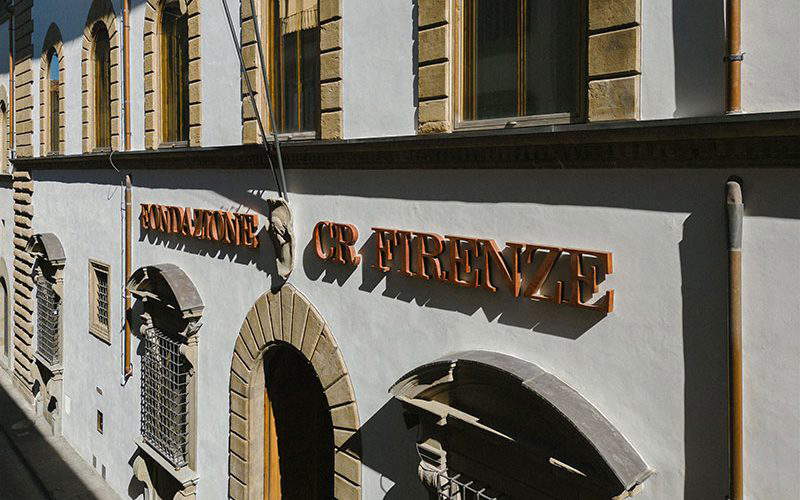
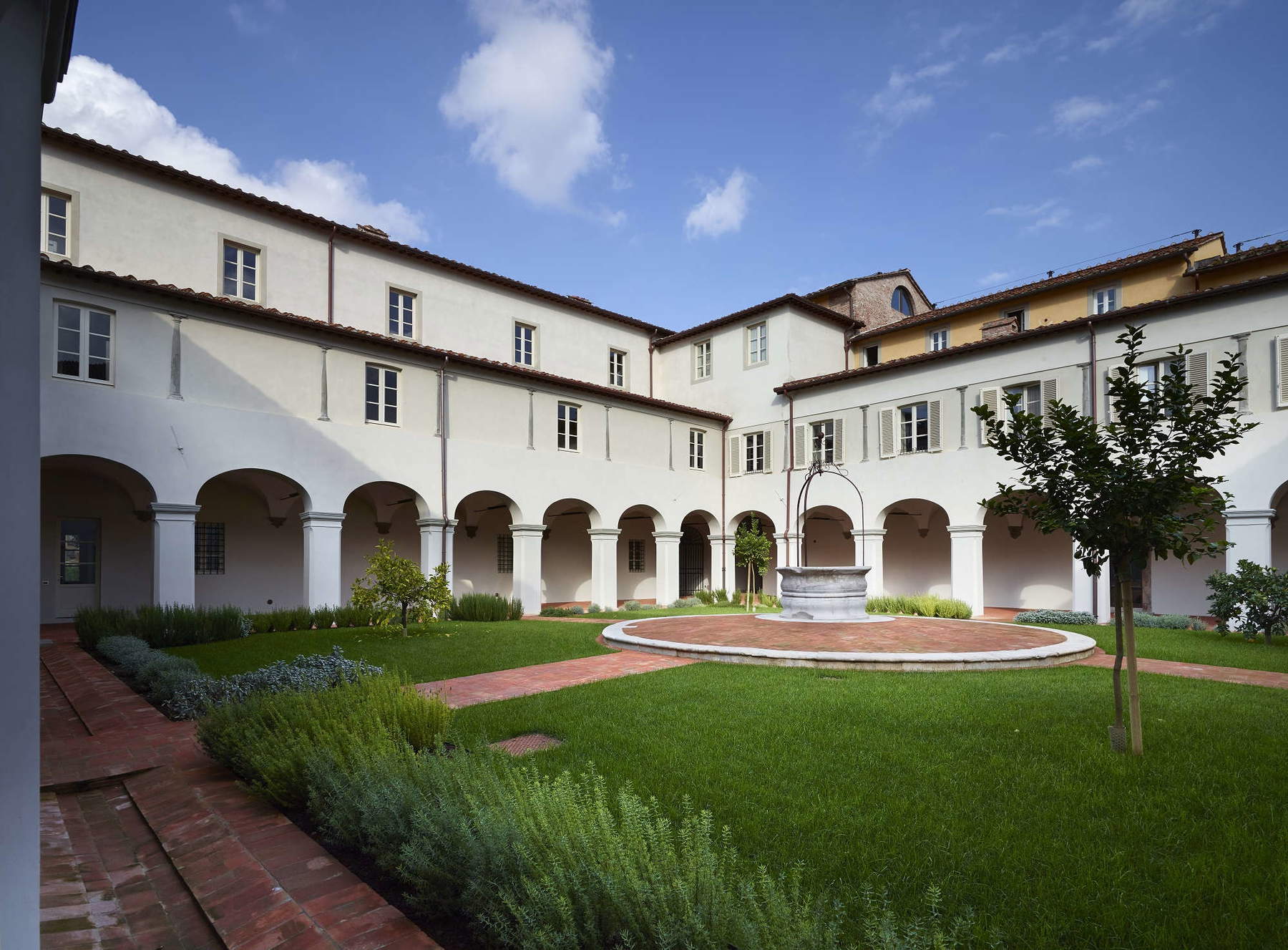
The Fondazione Cassa di Risparmio di Pistoia e Pescia stands out for its “Bando Restauro” with which it makes significant resources available each year for interventions on the city’s heritage, but not only. The institution became the promoter, in 2018, of a new museum system, the Fondazione Pistoia Musei, managed by an instrumental company, created in the wake of Pistoia Capitale Italiana della Cultura 2017, and consisting of four venues (the Museum of the Ancient Palazzo dei Vescovi, Palazzo de’ Rossi | Collections of the Twentieth Century, the Museum of San Salvatore and Palazzo Buontalenti): the system was created following the acquisition of the Antico Palazzo dei Vescovi, finalized through the contribution of Fondazione Caript together with Intesa Sanpaolo. Again, the Monte dei Paschi di Siena Foundation has a historical bond with the city of Siena and its extraordinary cultural heritage: one of its most ambitious projects supported by the MPS Foundation is the restoration of Nicola Pisano’s Pulpit in Siena Cathedral, one of the most important Gothic cathedrals in Italy. This intervention made it possible to preserve and enhance the extraordinary work of art, one of the capital works of Italian medieval art. In addition to the restorations, the MPS Foundation also supports the Sienese Museums Foundation (through disbursements, economic resources but also human and logistical resources) and the famous Accademia Musicale Chigiana, an institution founded in 1932 that promotes musical education and the organization of high-level concerts. Thanks to foundation support, the Accademia Chigiana has become an international center of excellence for classical music, attracting students and artists from all over the world.
Also prominent among banking foundations is the Fondazione Pisa, established by the Cassa di Risparmio di Pisa, another example of how banking foundations can contribute to the cultural life of a city. The foundation is particularly committed to the promotion of contemporary art, with a special focus on the creation of exhibition spaces and the staging of cultural events. One of the most important projects supported by the Pisa Foundation is the Palazzo Blu, an exhibition space displaying the institution’s permanent collection (important works of medieval art as well as a section entirely dedicated to Orazio Gentileschi and Artemisia Gentileschi, who had Pisan origins), which hosts modern and contemporary art exhibitions. Precisely because of the exhibitions, this cultural center has become a reference point not only for the inhabitants of Pisa and Tuscany, but also for tourists and art lovers. The exhibitions organized at Palazzo Blu range from the great masters of modern art to the contemporary avant-garde, offering a rich and varied panorama. The foundation also supports the Anima Mundi Festival, a festival of sacred music featuring internationally renowned artists and orchestras, and the Pisa Book Festival, one of the most important literary events in Italy, an annual event that brings together publishers, authors and readers, offering a rich program of meetings, lectures and book presentations and that represents an important opportunity for cultural exchange and comparison, helping to promote reading and literary culture.
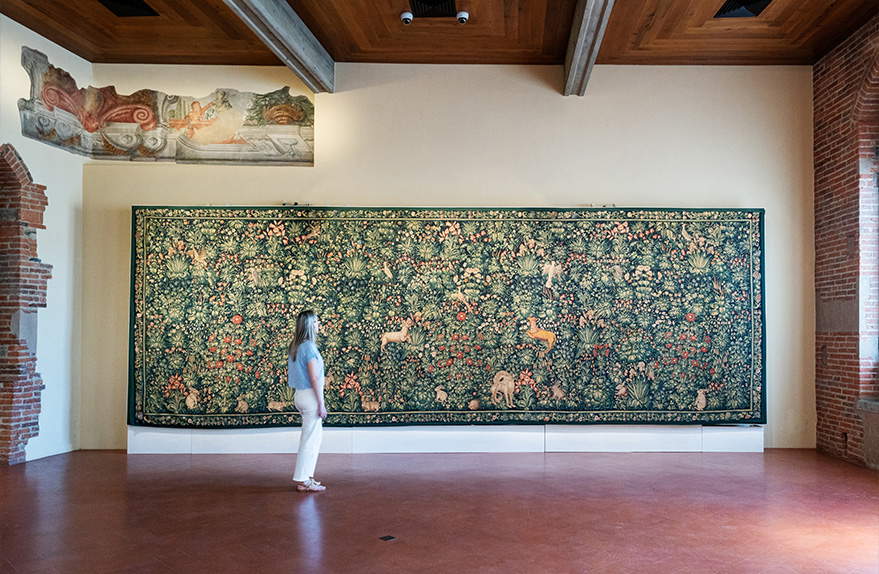
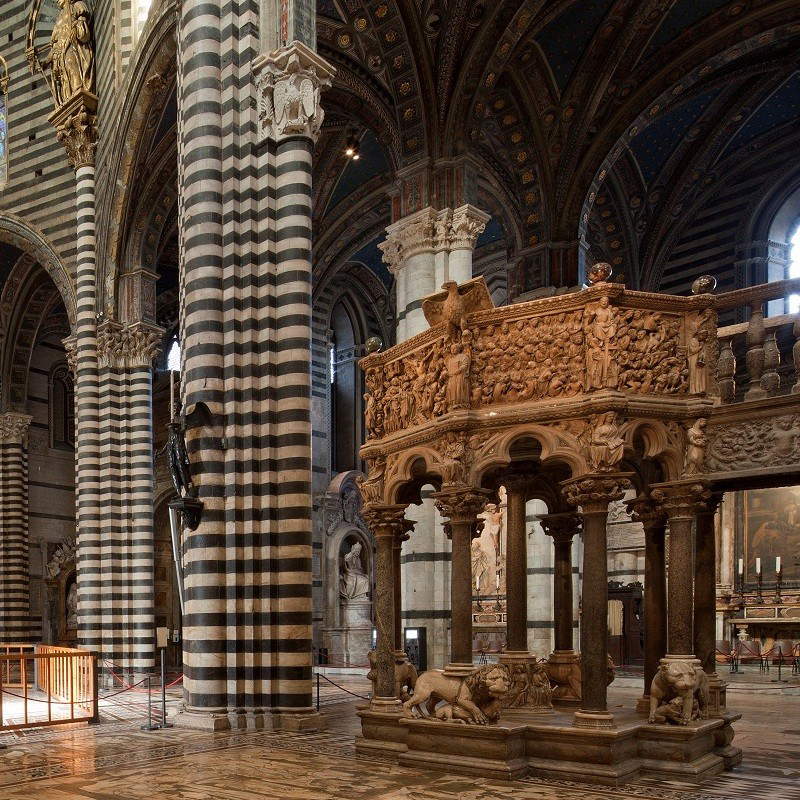
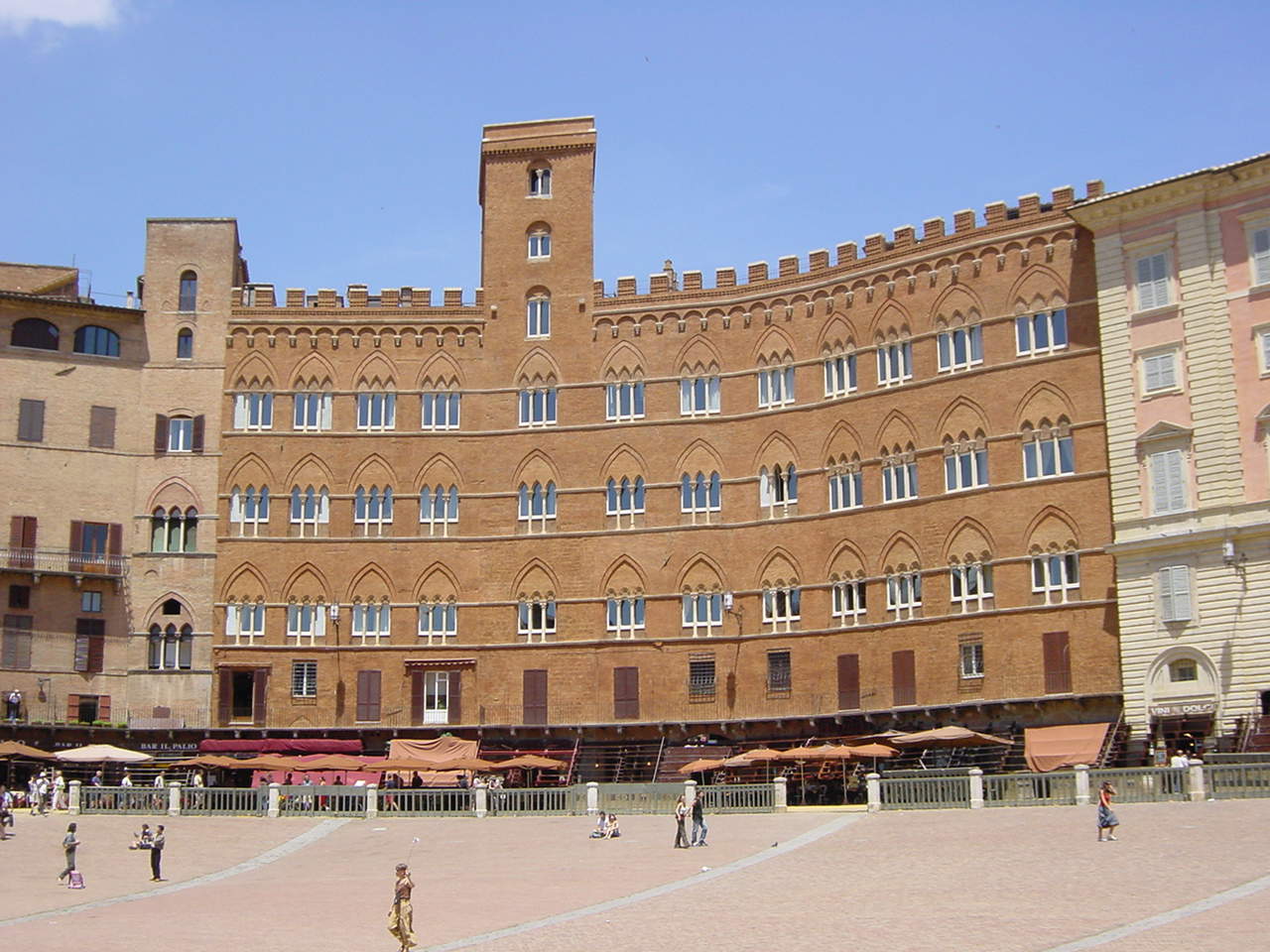
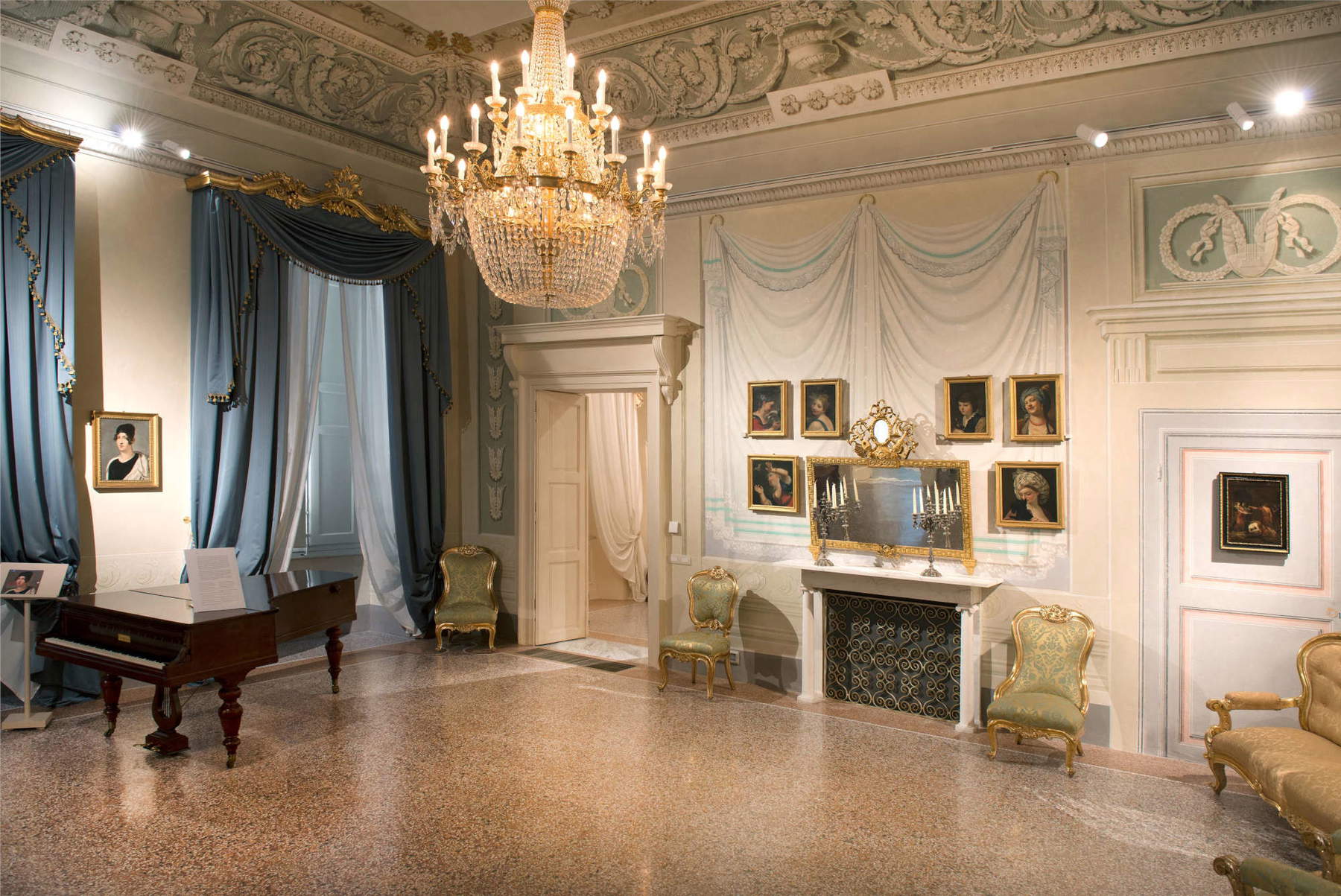
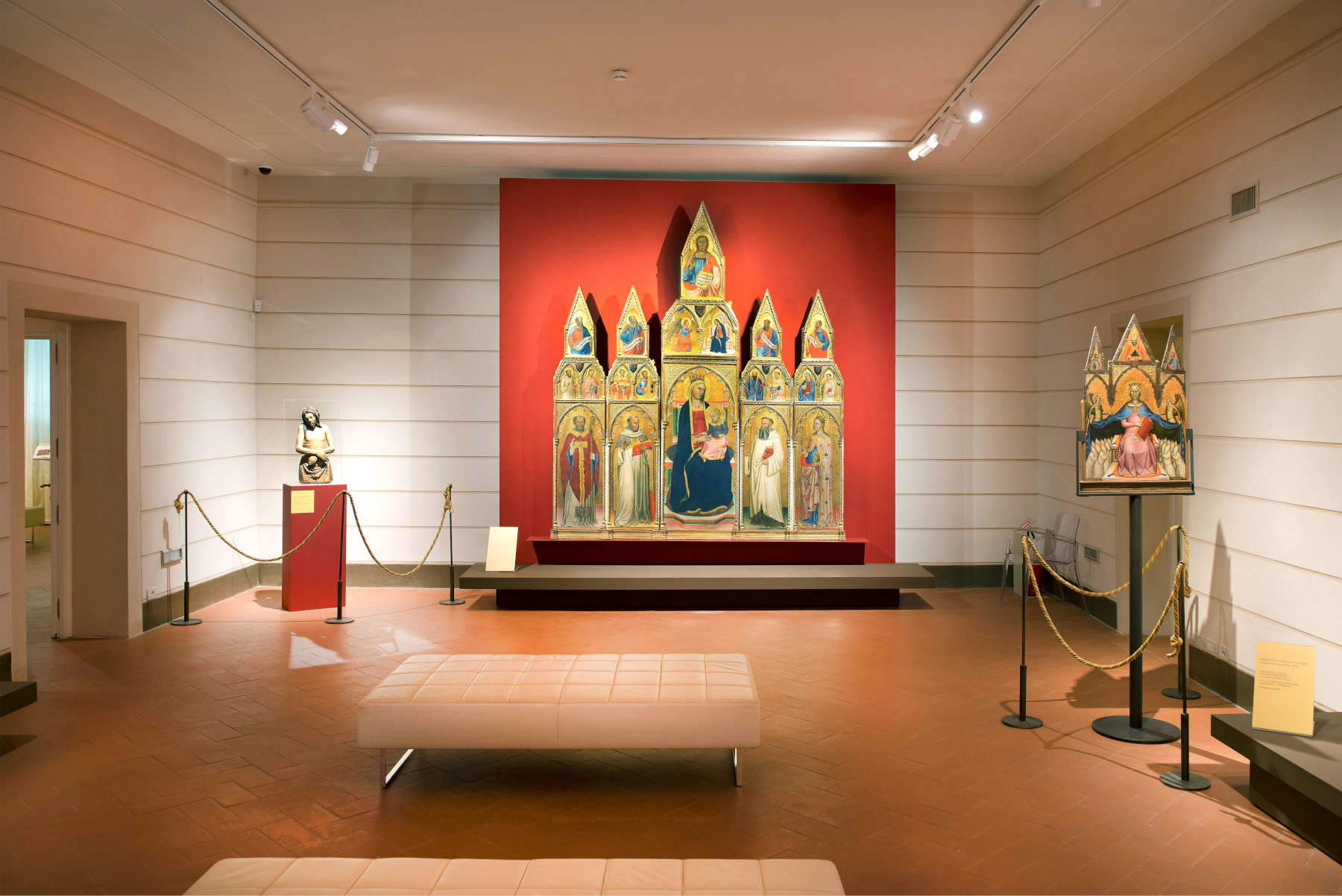
The patronage of Tuscan banking foundations is not limited to the preservation and promotion of art, but also extends to the educational and social dimension. Many of the projects supported by these foundations are aimed at schools and young people, with the goal of bringing new generations closer to art and culture. CR Florence Foundation, for example, organizes educational workshops and educational tours at museums and cultural sites, involving students of all ages in activities that stimulate creativity and interest in cultural heritage. These initiatives not only enrich the educational offerings of schools, but also contribute to creating a more aware and passionate public. The Fondazione CR Lucca also promotes educational projects aimed at schools of all levels, which include guided tours of museums and cultural sites, educational workshops and training courses. It also supports artistic training institutes, such as the Istituto Superiore di Studi Musicali “L. Boccherini” in Lucca. Thanks to the foundation’s support, the institute can offer scholarships and organize concerts and master classes, contributing to the training of young talents in the field of music.
The patronage of banking foundations in Tuscany is therefore a valuable resource for the preservation and enhancement of the region’s artistic and cultural heritage. Thanks to their support, many works of art have been restored and made accessible to the public, helping to keep Tuscany’s cultural tradition alive. In addition, their commitment to innovation and education ensures that art continues to be a fundamental part of the region’s life and collective identity.
Tuscan banking foundations, with their ability to mobilize resources and create public-private synergies, represent a virtuous example of how patronage can contribute to social welfare and cultural development. Their role is crucial not only for the present but also for the future of Tuscan culture, as they continue to ensure that the beauty and history that characterize this land can also be appreciated and loved by generations to come.
Warning: the translation into English of the original Italian article was created using automatic tools. We undertake to review all articles, but we do not guarantee the total absence of inaccuracies in the translation due to the program. You can find the original by clicking on the ITA button. If you find any mistake,please contact us.